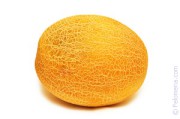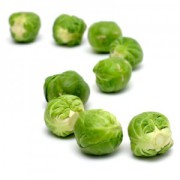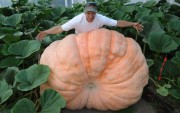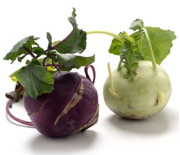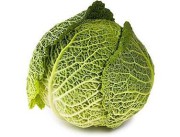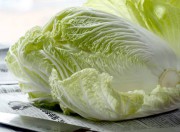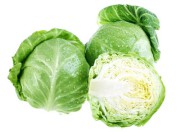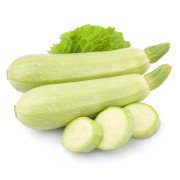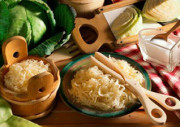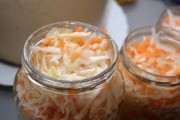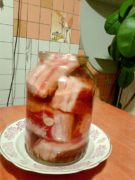Melon plant: properties, description, calorie content, what are the benefits of melon and harm to health. Is it a berry, fruit or vegetable?
Melon is a melon crop and belongs to the family of pumpkin plants and the cucumber genus. The melon fruit is a false berry, having both a spherical and an oblong elongated shape, yellow, brown and even white. A ripe melon can weigh about 200 g, and can reach 20 kg.
Content
History of distribution and cultivation
Biblical legend says that the archangels brought melon to people straight from heaven. In fact, melon came to European countries from Africa and the countries of South and Southeast Asia, and melon migrated to Russia from the Central Asian region. This tasty melon crop was so loved by Tsar Alexei Mikhailovich that they began to grow it indoors in Izmailovo.
Is melon a berry, fruit or vegetable?
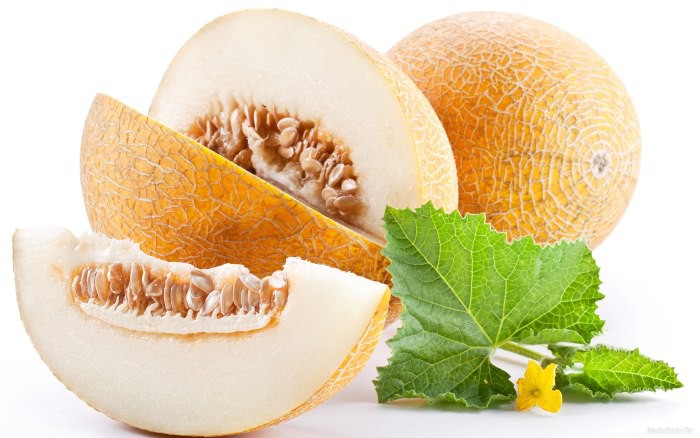
According to modern ideas, melon fruits are called pumpkin. In a school biology course, the fruits “berry”, “pumpkin” and “hesperidium” are combined under one term “berry” for simplicity.
The problems of classification do not end there; the botanical and culinary concepts of the terms “fruits” and “vegetables” differ. Chefs call any edible juicy fruit a fruit, and a vegetable any edible part of a herbaceous plant. To put it even more simply, everything that goes into dessert is a fruit, but what goes into a salad is already a vegetable.
In biology, a fruit is any fruit that contains seeds (even nuts and beans). A vegetable is any edible part of a herbaceous plant.
Thus:
1) the fruit of the melon is pumpkin (NOT a berry).
2) from a culinary point of view, the melon fruit is a fruit.
3) from a botanical point of view, the melon fruit is a vegetable.
Beneficial properties of melon for the body
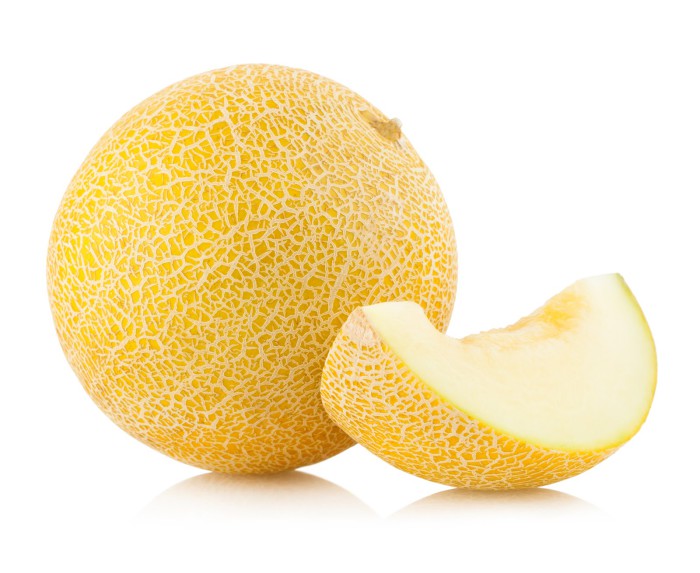
Melon is rich in many useful substances, in particular folic acid, beta-carotene, vitamins P and C. In addition, melon pulp contains a lot of iron, magnesium, potassium, fiber and enzymes that prevent the destruction of body tissues. Among the main organic compounds, melon contains the largest amount of carbohydrates, much less protein and even less fat.
Melon is a low-calorie food. 100 of its pulp contains less than 35 kcal. Therefore, anyone who is worried about their figure and is afraid of gaining excess weight can safely enjoy melon.
The beneficial properties of melon have long been known. Experts recommend using it after undergoing major operations and when exhausted. Ancient healers used melon seeds to fight gonorrhea, and used a decoction of the peel to cleanse the stomach. There is an opinion among traditional healers that melon seeds can cure male impotence, but to achieve the effect, it is necessary to strictly adhere to a certain dose so as not to harm other organs.
Due to its large amount of fiber, melon is recommended for anyone who has digestive problems and for cleansing the body of toxins and other harmful substances.
Eating melon gives positive results in the treatment of anemia, since the high iron content in this product helps to increase hemoglobin levels and improve the quality of red blood cells.Melon is recommended for use by patients with atherosclerosis and cardiovascular diseases, as well as people suffering from kidney stones.
Melon is also effective in cosmetology. With the help of masks made from its young seeds and pith, you can get rid of acne, and masks made from melon pulp give the skin a velvety feel and an unusually fresh, healthy look.
Contraindications
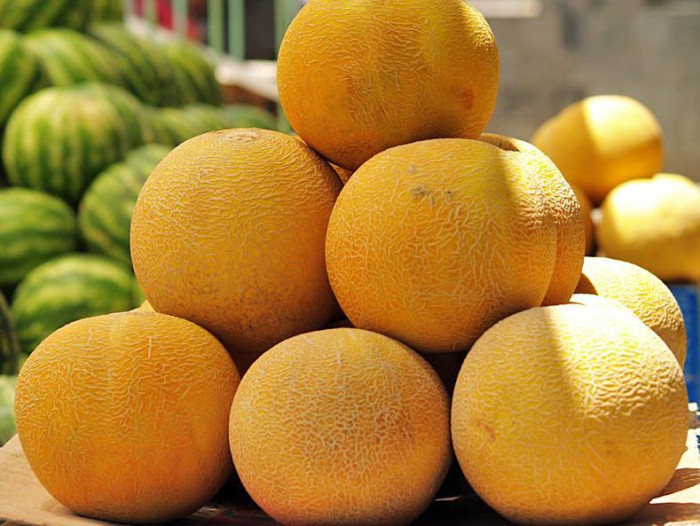
Despite the many beneficial properties of melon, it must be used with caution. Otherwise, instead of the expected benefit, you may get indigestion. Nutritionists recommend consuming melon without mixing it with different products, especially dairy products. It is best to enjoy melon during a break between main meals and under no circumstances should women who are breastfeeding or on an empty stomach consume melon.

Most often, melon is consumed as an independent dessert. Dried melon can successfully replace candy, and pickled melon can be used as a savory snack. Melon jam, jam and marmalade can be added to various dishes and used as a tasty filling.

